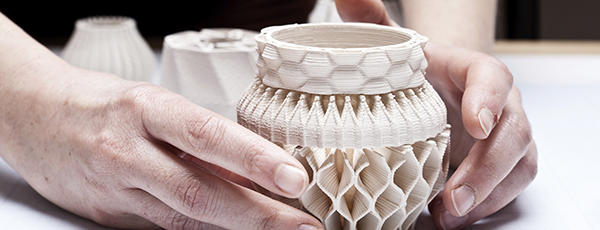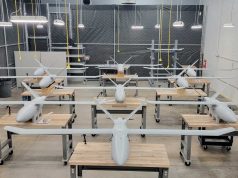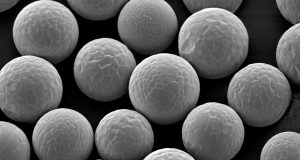FDD enables the 3D printing of highly filled and highly viscous pastes like ceramic
The importance of 3D printing increases sharply in many areas. There are many “makers” in the private sector creating objects by 3D printing according the motto “do it yourself”. On the other side there are lots of new applications in the industrial 3D printing, also called “additive manufacturing”. The volumetric dosing technology from ViscoTec Pumpen- u. Dosiertechnik GmbH from Töging am Inn in Germany enables precise dosing of fluids with viscosities ranging up to more than 2,000,000 mPas and also highly filled materials. By the integration of volumetric dosing units in 3D printers the new process FDD – Fluid Dosing & Deposition was originated. The 3D printer builds up objects layer by layer, by software controlled juxtaposing and superposing lines of viscose 1- or 2-component pastes through a dosing needle. One of the first companies to adapt this process is the design studio Unfold from Antwerp. It is using additive manufacturing in its production process for many years and gathered a lot of knowledge in the 3D printing area. They are now printing new kinds of art objects made out of high abrasive ceramics using ViscoTec’s FDD process.
Before using the FDD dosing unit, Unfold worked with a classic time pressure system in their 3D printers. Here it comes to different flow behaviors due to various reasons. These include inhomogeneous mixed materials or the decreasing quantities in cartridges. Therefore the dosing volumes are difficult to control in a time pressure system even if the inlet pressure is constant. It needs a trained person to regulate the time pressure system manually while printing in order to compensate the fluctuations of the dosed volume and to avoid defect in the printed parts. Unfold improved the 3D printing of ceramics fundamentally and stabilized the process by installing ViscoTec dosing units and printing with this FDD process. The advantage is the volumetric conveying technology working with the endless piston principle. The dosed volume per revolution and per time unit is exact defined, regardless of material properties such as viscosity or particle size of the solids. “With the volumetric system from ViscoTec we don’t need to recalibrate all 3D printing parameters when we change the material”, explains Dries Verbruggen from Unfold. The material flow is 100 % controlled by the 3D printer software and electronics and not by material properties. Therefore additional costs for manually readjust can be saved.
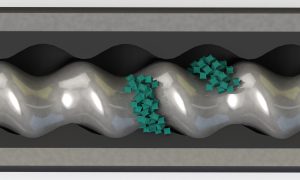
An important feature of ViscoTec‘s dispenser technology is the ability of dosing highly filled, abrasive media very precisely with low wearing. The wear of components by sharp solid share is a big problem for many types of pumps. The ViscoTec endless piston principle based on the progressive cavity technology conveys abrasive solids in its carrier medium through chambers between a rotor (steel) and a stator (elastomer) with a low pulsation rate – for gentle product and pump handling.
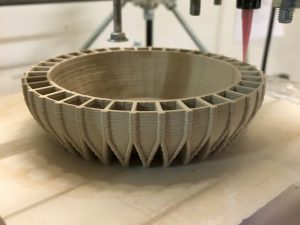
By the use of the FDD technology, the design studio Unfold could handle ceramics with a solids content of up to 80 % with grain sizes up to 63 µm and a viscosity of about 250,000 mPas in a 3D printer. The resulted artwork show new forms that have been produced with a precise, repeatable process with a very low error rate.
Subscribe to our Newsletter
3DPResso is a weekly newsletter that links to the most exciting global stories from the 3D printing and additive manufacturing industry.



